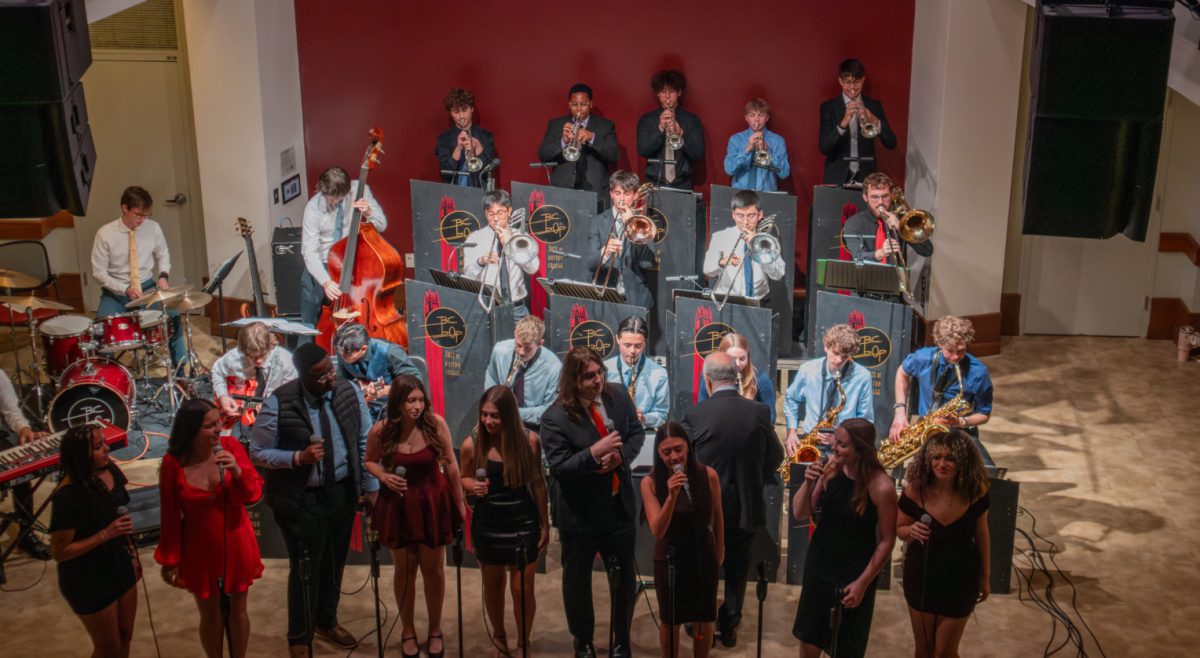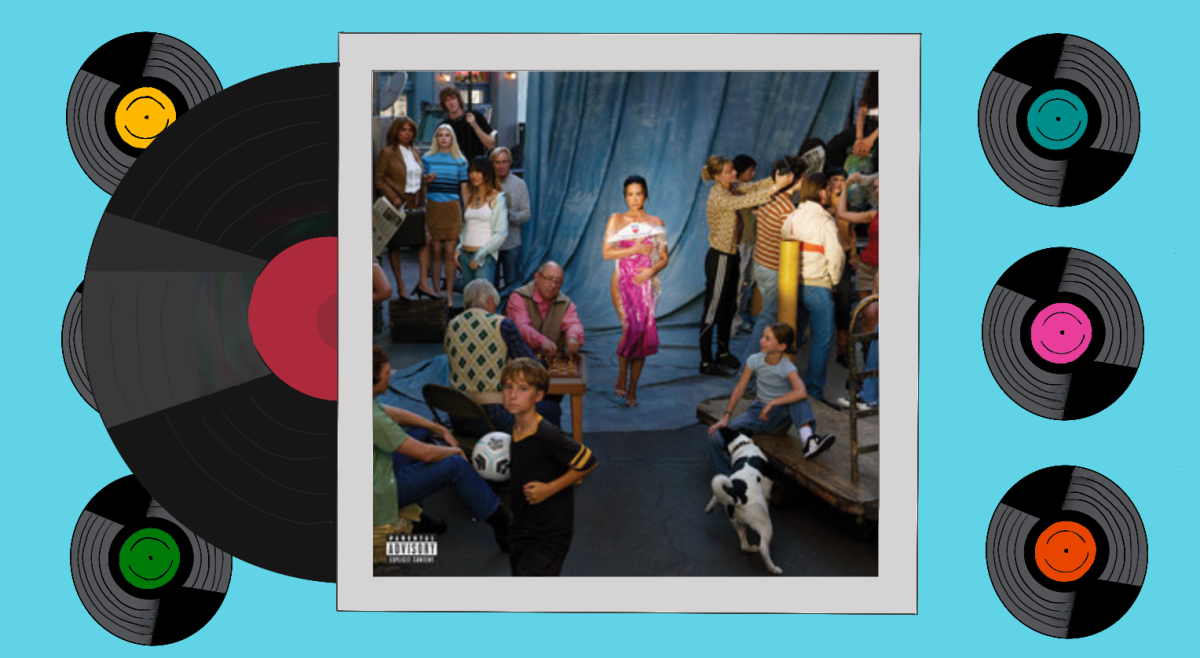The Boston Ballet’s adaptation of Cinderella, premiering tonight at the Boston Opera House, is not just about a fairy godmother, a pair of glass slippers, and one girl’s dream come true.
It’s about how all of the show’s characters and everyone involved with the production-including dancer Boyko Dossev, choreographer Frederick Ashton, and even the audience-sought or are seeking a “happily ever after,” too.
GALLERY: The Boston Ballet’s Cinderella Story
Raised in the African nation of Mozambique and Sofia, Bulgaria, Dossev has lived his own kind of Cinderella story. He studied ballet in several countries before settling down in Boston in 2006. His journey here was not easy, though. It was one of trial, error, and a great deal of hard work. Dossev’s mother enrolled him in ballet school when he was just a boy-when his family returned to Sofia after Bulgaria’s tumultuous changes of 1989-after the Cold War and perestroika.
Dossev was hesitant to dance at first, worrying about what his friends would think of him, but his mother was encouraging, seeing ballet as something he would benefit from, even if he decided not to pursue it in the end. She saw ballet, like language, music, and even classic literature such as Cinderella, as a way for Dossev to celebrate and preserve his Bulgarian heritage. To her, ballet exemplified the culture of the body.
Once he passed his physical exam, completed his training, and graduated from the National Ballet School in Bulgaria, Dossev worked with companies throughout Europe, including Jeune Ballet de France, which he called the military of dance. It was “the toughest time of my life as a dancer,” he said.
“I had to learn a completely different style of dancing,” Dossev said-in Bulgaria, he had mainly focused on classical ballet. Becoming skilled, then, in French contemporary ballet, which he would need to know later to work with the Boston Ballet and star in Cinderella, was a challenge for Dossev. “It was really hard,” he said. “It was really painful. It was really depressing.”
Despite its difficulties, Dossev said his time in France was invaluable because it made him understand how important it was for a dancer to be able to work through all genres. “I realized you have tobe able to do everything not only because you need to find a job-and the more versatile you are the better-but also as a need, artistically,” Dossev said. “You can’t just stick with one thing or you’ll restrict other areas of ways to express yourself.”
When Dossev left France, he traveled to Germany, joining two major companies in Hamburg and Dresden. He felt, though, after spending nearly a decade there, that he needed to leave Europe “to discover more” and to chase his dreams, all the way to America.
Coming to the United States, however, was filled with obstacles for Dossev. He tried to make the Boston Ballet’s auditions in London, which was only an hour and a half away from Paris, but couldn’t because of problems with his visa. He tried to join a small Indianapolis-based company, but it closed four months after he started there. He tried to make connections in D.C., but that, too, failed, since that company was trying to unionize. Every door seemed to close on Dossev, until he had the opportunity to audition in Boston, meet artistic director Mikko Nissinen, and become a part of the Boston Ballet.
“It’s all been crazy, but in the end, I think destiny puts you and drives you where you need to be,” said Dossev.
In the Boston Ballet production, Cinderella aspires to become a great ballerina, just as Dossev did in real life, but Dossev’s main role in the performance is that of the younger ugly stepsister who dreams of being a dancer but lacks the self-assurance.
The character is dynamic, largely because the ballet’s original choreographer, Frederick Ashton, created it to reflect his own personality. He was the first one to play the part. “He was shy, like the little sister,” said Dossev, “and he was never confident about his choreography, even though he was one of the best.”
Ashton longed to be better than he was, just as the younger stepsister did. He wanted to be as good a dancer as his idol, Anna Pavlova, who, according to Dossev, was “a Russian legend.” This notion of insecurity coupled with hopefulness, which characterized Ashton, was integrated into the role.
Like his characters and like Dossev, Ashton had big dreams. One of them was choreographing Cinderella. Created in 1948, it was the first full-length British ballet. Dossev said that Ashton completed Cinderella in just four weeks, which even by today’s standards is impressive. “It’s so crazy that it’s crazy,” Dossev said. Driven by the prospect of achieving his goals, Ashton made a significant achievement in both European and global ballet history with Cinderella.
Cinderella‘s characters, Ashton, and Dossev, too, illustrate how the Boston Ballet’s adaptation of the centuries-old fairytale is just as much about dreams that do come true as ones that don’t. Sometimes, there are disappointments and failures in life, Dossev said-sometimes the clock strikes midnight, sometimes the shoe doesn’t fit, and sometimes wishes aren’t fulfilled. In these cases, though, he said the key thing is to remember why you do what you do.
For Dossev, there have been two letdowns he has had to reconcile as a dancer. One of the hardest things he’s realized is how competitive the business can be. “You put so much passion, effort, and time and dedication into it that when you don’t get the role yout think you derserve, you start to think you’re not good enough,” Dossev said.
The second thing Dossev said he struggled with is the fear of failing. Over the years, however, he’s come to realize that mistakes on stage are inevitable, and obssessing over them prevents the conveyance of emotion to the audience, which is the point of dancing. “You have to make peace with it in order to let your soul and spirit go to grab those people in the audience and take them away,” Dossev said.
With Cinderella, Dossev said, viewers will be captivated not only by the pure physical beauty of the ballet-by the princess’ crystal-encrusted white tutu, the decadent ball scene, and the shining precision exhibited by the entire cast-but also by facing the different dreams, destinies, and lives of the characters. To Dossev, “It’s these characters and how the dancers portray their struggles, and their failures, and their craziness, fun, and stupidity, ugliness, and beauty, and everything that adds to the beauty of the ballet.” It’s these things that make the production as enchanting, timeless, and relatable as it is.
“No matter what, these are things we will always be concerned with as human beings,” Dossev said. Cinderella’s story will always be relevant, he said, no matter how it changes and regardless of whether there’s a Prince Charming or a magic pumpkin carriage in it, because throughout its history, Cinderella has kept the same message. It will always be about the dreams.












